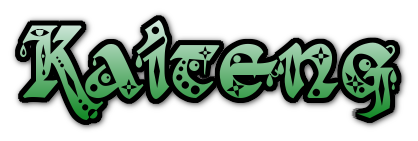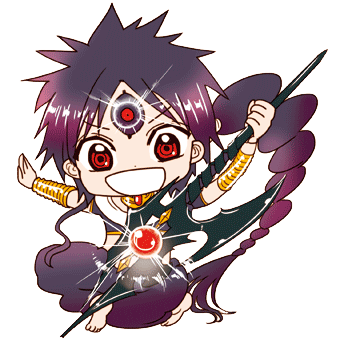Family stories

In Sweden, a man had moved from Ångemanland to Umeå arond the turn of the 16th century, whose surname was Sursill aka sour herring, as it was (and still is) produced plentifully in Ångermanland. The origin of the surname has a story of war and insult and overcoming insults (and it's a bs story as far as I know :D). Anyways, five of his children moved to Finland at different points and eventually some decendant married into Hilduinen/Hildén family. Hilduinen family members came (from the east?) to Kainuu and North Ostrobothia. In Oulu, one lived as a tar bourgeoisie and gained enough money to send his son to a school to become a priest. This priest work was done in Kemi, and a district of Oulu is named after him (Värttö). Granddaughter Saara (7th cousin of Zacharias Topelius, heh) lived in Kuusamo at one point and had a child out of wedlock with an unknown father. She did not raise the child herself. He lived in Kuusamo as well as the couple generations after him, and one of the granddaughters married a man from Nurmes (family from Kuhmo). They still lived in Kuusamo for two generations... and two generations after that, I was born. I have only been to Kuusamo once to be honest, or two if Hossa counts. There are many stories of the origin of this mysterious greatgreatgreatgreatgreatgreatgrandpa of mine. My grandpa calls him Sámi and my dad Skolt (Sámi) because that part of the family has stereotypically "Sámi-like" features (short height, eye shape, etc). While genetic research does prove the existence of a distant Sámi component, it does of course not prove anything about that individual :D It's still fun to think about theories.
The second story isn't about family origins. When Urho Kekkonen was spending time in Kainuu and probably lived in Kajaani at the time, he had stayed at a hut in Kivesjärvi. Photos of it also exist. This hut doesn't exist anymore as it had to be torn down. It happened so that on a hot summer day, a horse had gone inside to cool down. Too bad the hut door opened inwards and horses don't have hands to open doors with. The horse got stuck inside the hut and eventually died. The next time someone went to check the hut, they found a rotten horse carcass and the whole hut was rotten and ruined. That's why it was torn down, but the foundation rocks can still be found at the riverbank. Apparently the head of that horse haunts at Kivesjärvi somewhere there at the Kongasjoki riverbanks—a ghost horse head.
Here is a photo of Kekkonen at the Kongasjoki hut in 1919 (source):

It's hard to speak of my surname, as I don't want to reveal it. In any case, it is of Russian and Eastern Orthodox Christian origin centuries ago. It was in use in Dvina Karelia (also known as White Sea Karelia) and had spread to Savonia (with such a man who was dark like Karelians and had those *gestures at thick eyebrows* -my grandpa) and in Savonia, of course a -nen ending had been added. It's interesting to think about, because while I have Lutherans and Laestadians in my family, I don't know any Eastern Orthodox.
One of my ancestors, I think my grandpa's grandpa, was born in the 1860s way too early, only after 6 months. Miraculously, he survived. How did they manage to save his life? After birth, he was kept in a cigar box filled with sheep's wool. He was fed milk by dripping it from the corner of the wool.
<< return to my writings

